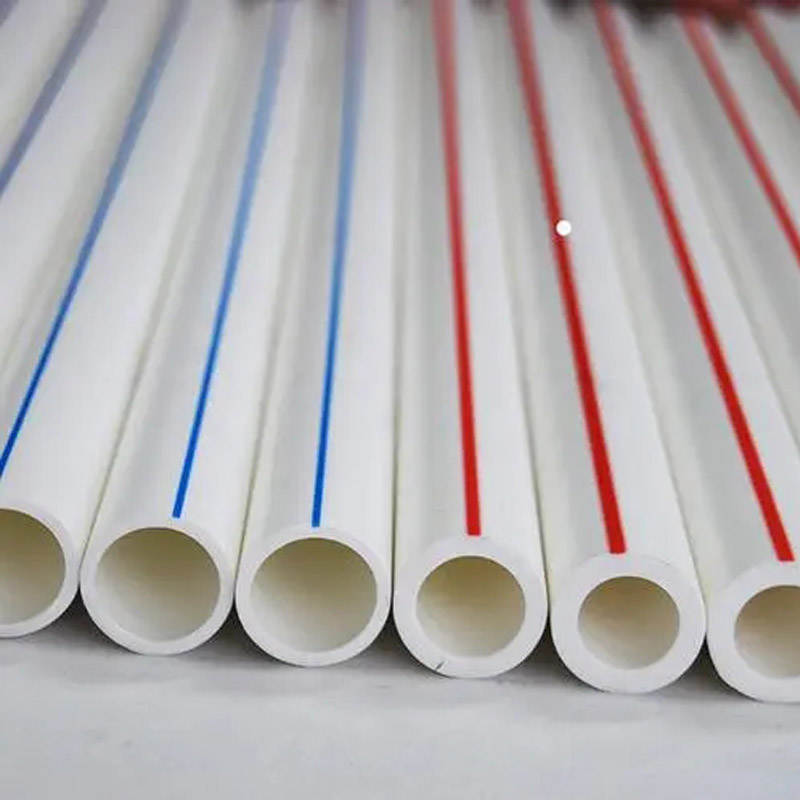Nov . 21, 2024 11:51 Back to list
hdpe pipe sizes and dimensions product
Understanding HDPE Pipe Sizes and Dimensions
High-Density Polyethylene (HDPE) pipes have gained immense popularity in various industries due to their durability, flexibility, and resistance to corrosion. These pipes are made from a thermoplastic polymer known for its high strength-to-density ratio, making them ideal for applications ranging from water distribution to gas transportation. To effectively select and utilize HDPE pipes for specific projects, it is essential to understand the various sizes and dimensions available in the market.
Standard Sizes of HDPE Pipes
HDPE pipes come in a plethora of sizes and dimensions, generally categorized by their diameter, wall thickness, and length. The most common diameters for HDPE pipes range from ½ inch to 63 inches. The nominal pipe size (NPS) primarily helps in determining the internal diameter of the pipe. For instance, an NPS of 2 indicates that the pipe has a nominal diameter of about 2 inches, though the actual measurement can vary.
The dimensions of HDPE pipes are standardized according to the American Society for Testing and Materials (ASTM) and the American Water Works Association (AWWA) guidelines. These standards ensure uniformity and compatibility across different manufacturers and applications. More specifically, HDPE pipes are categorized into three major series based on their outside diameters (OD) SDR (Standard Dimension Ratio), DR (Dimension Ratio), and IPS (Iron Pipe Size).
Understanding SDR and DR
The SDR of a pipe is calculated by the ratio of the pipe’s outside diameter to its wall thickness. For example, an SDR of 11 means that for every unit of wall thickness, the outside diameter is 11 units. The lower the SDR number, the thicker the wall relative to the diameter, which provides higher pressure ratings for the pipe. Common SDR ratings for HDPE pipes include SDR 11, SDR 17, and SDR 21, each suitable for specific pressure applications.
The Dimension Ratio (DR) serves a similar purpose as SDR, emphasizing the wall thickness in relation to the pipe’s diameter. Both metrics are crucial for engineers and construction professionals as they dictate the pipe's ability to withstand internal pressures without failing.
hdpe pipe sizes and dimensions product

Wall Thickness and Pressure Ratings
The wall thickness of HDPE pipes is an important consideration as it affects both the pressure rating of the pipe and its overall durability. In general, thicker walls equate to higher pressure ratings, which are vital in applications where the HDPE pipe will be transporting water or other fluids under significant pressure.
For instance, the pressure ratings of HDPE pipes conform to various standards, where they are often categorized as PE3608 or PE4710, based on the material used. The higher the pressure rating, the more robust the pipe's construction, making it suitable for demanding applications like industrial systems and underground utilities.
Length of HDPE Pipes
HDPE pipes are also available in various lengths, usually ranging from 20 feet to 40 feet in standard sizes. Longer continuous lengths are also available and can be beneficial for projects that require fewer joints, minimizing potential leak points. These pipes can be butt-fused together to create a seamless pipe line, enhancing their performance and integrity in the installation.
Conclusion
Understanding the sizes and dimensions of HDPE pipes is vital for engineers, architects, and construction professionals. Properly selecting the diameter, wall thickness, and length of HDPE pipes ensures that they perform efficiently under specific conditions while adapting to the diverse needs of various projects. With standards set by organizations like ASTM and AWWA, individuals can be assured of the quality and compatibility of HDPE pipes, making them a reliable choice in modern infrastructure. As industries continue to evolve and demand for robust piping solutions increases, HDPE pipes will remain a cornerstone of engineering excellence.
-
High-Quality PVC Borehole Pipes Durable & Versatile Pipe Solutions
NewsJul.08,2025
-
High-Quality PVC Perforated Pipes for Efficient Drainage Leading Manufacturers & Factories
NewsJul.08,2025
-
High-Quality PVC Borehole Pipes Durable Pipe Solutions by Leading Manufacturer
NewsJul.08,2025
-
High-Quality PVC Borehole Pipes Reliable PVC Pipe Manufacturer Solutions
NewsJul.07,2025
-
High-Quality UPVC Drain Pipes Durable HDPE & Drain Pipe Solutions
NewsJul.07,2025
-
High-Quality Conduit Pipes & HDPE Conduit Fittings Manufacturer Reliable Factory Supply
NewsJul.06,2025

